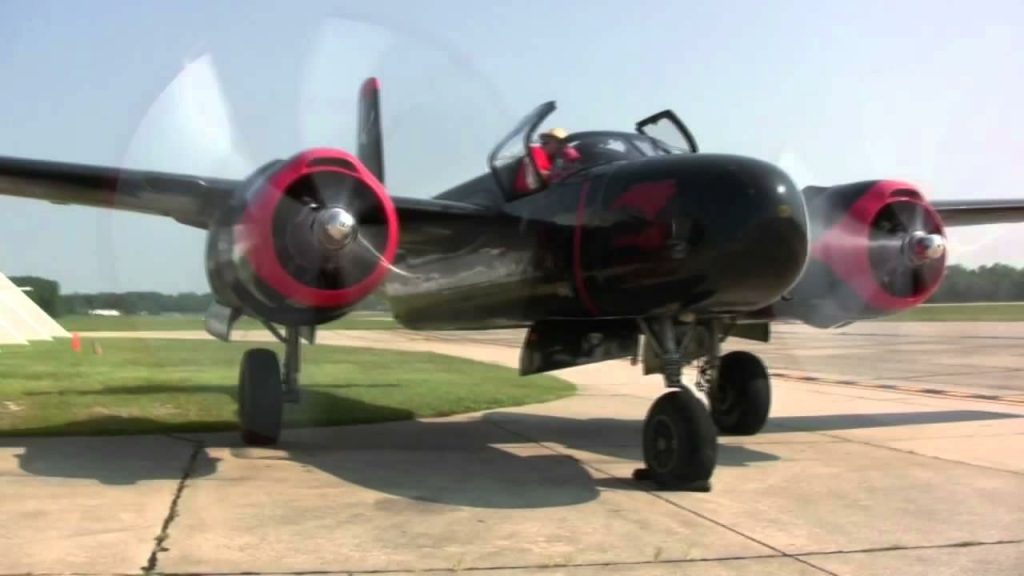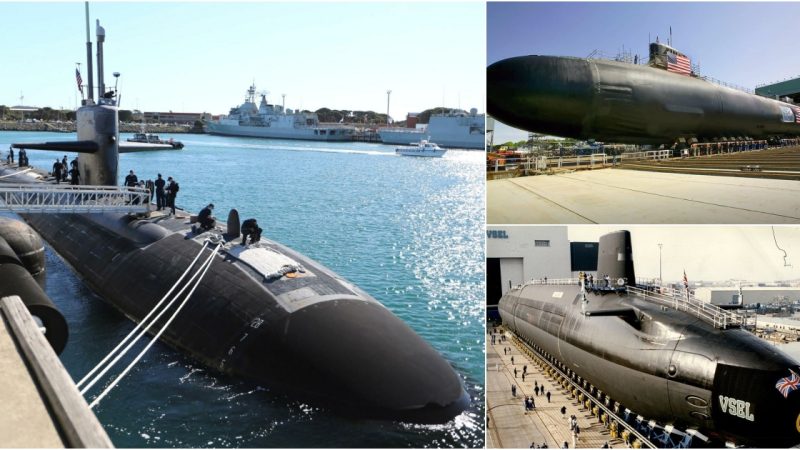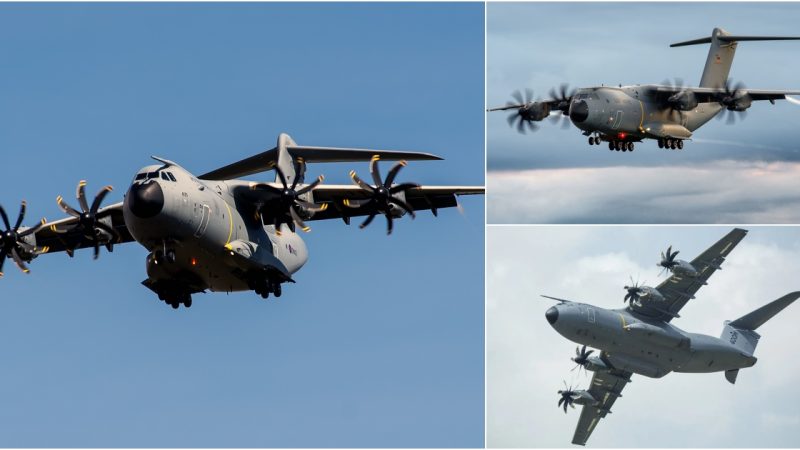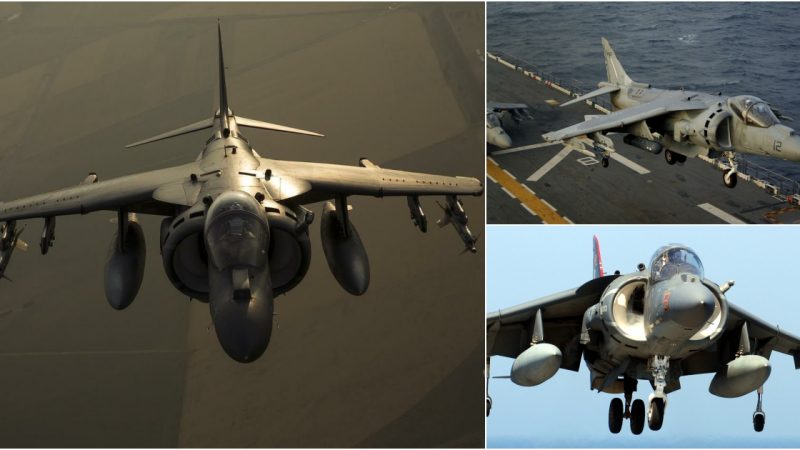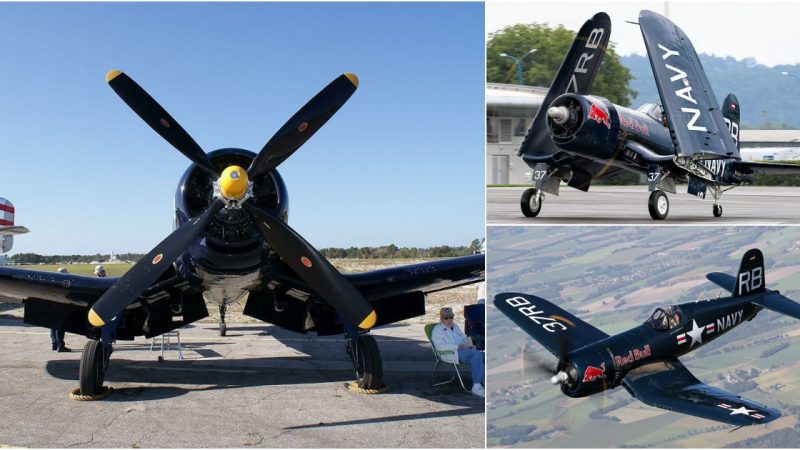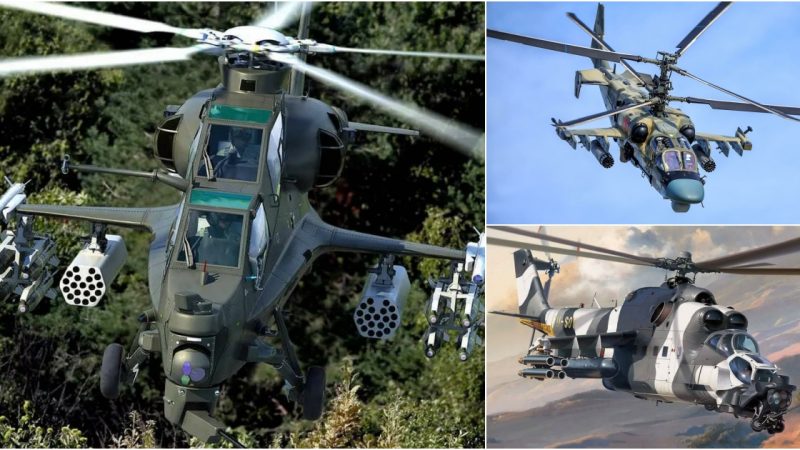Legendary Legacy: The A-26 Invader’s Triumphant Journey Through Three Wars
The A-26 Invader, taking its maiden flight in July 1942, emerged as a formidable successor to the renowned Douglas A-20 Havoc, sharing similar roles and design layouts.
Being the sole American bomber to have served in three major conflicts—World War II, the Korean War, and the Vietnam War—the Douglas A-26 Bomber, also known as the B-26, etched its mark in aviation history.
With over 2,500 units manufactured, the A-26 proved to be a highly successful military aircraft, doubling as an effective attack aircraft with versatile gun configurations for formidable ground assaults.
From its inception, the A-26 demonstrated outstanding performance and handling during flight tests. However, engine cooling issues necessitated modifications to cowling and the removal of propeller spinners in subsequent production models.
Early variants of the A-26 were produced in two configurations: the A-26B featured a gun-nose housing a mix of armaments including .50 caliber machine guns, auto cannons, and experimental howitzers; while the A-26C boasted a glass bombardier nose equipped with a Norden bombsight for precision bombing at medium altitudes.
Typical of Second World War light attack bomber design, the streamlined fuselage of the A-26 accommodated the cockpit, bomb bay, and gun positions. A crew of three manned the Invader, comprising a pilot, navigator, and gunner, with additional crew for the A-26C variant.
The A-26’s lethality was enhanced by its ability to carry substantial internal and external ordnance, ranging from drop bombs to rockets, surpassing even larger aircraft like the Boeing B-17 Flying Fortress in bomb-carrying capacity.
Upon its introduction in August 1943, the A-26 swiftly earned the title of the fastest American bomber of World War II. It played pivotal roles on both the European and Pacific fronts, continuing its service until the war’s conclusion and beyond, with many units serving in post-war roles within the United States Strategic Air Command and Tactical Air Command.
During the Korean War, the A-26, now designated as the B-26, was among the first aircraft deployed against the enemy. Primarily utilized in night missions, it remained in service until the war’s end in 1953, subsequently being phased out of active Air Force inventory in 1954.
Hits: 25


